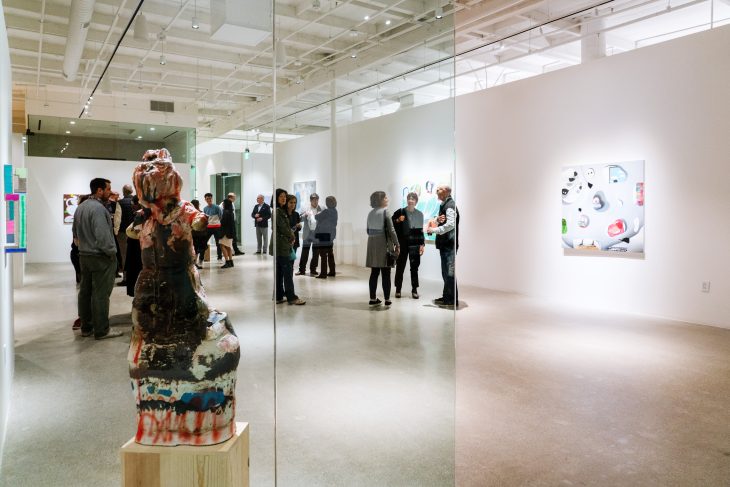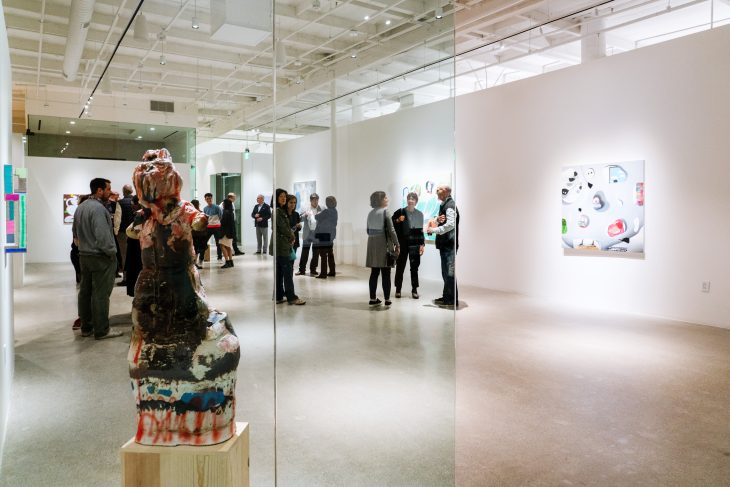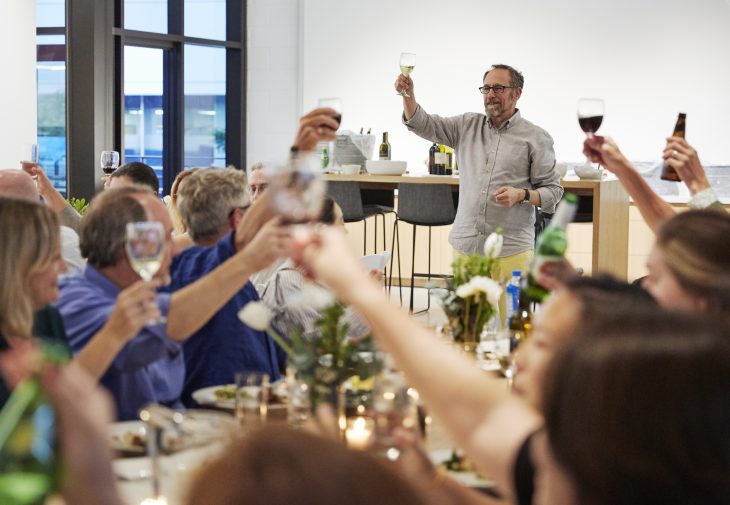With the increasing need to attract and retain talent as well as creating a backdrop to tell the company story, design becomes the one factor that blends it all together and sets the stage for a successful future.
Companies in the creative and entertainment world face a unique challenge: how do they bring us enriching entertainment experiences as well as build and support their own creative culture? Today, these companies are focusing much more on using their spaces to craft an experience for their employees that is unique to their brand, as well as provide technologically advanced and awe-inspiring places that not only reinforce employee satisfaction, but also serve as the backdrop for the visitor experience.
As a result, the designers and their clients who work together to imagine these spaces need to consider two primary goals: setting the stage to attract and retain top creative talent and using the space to showcase the company’s culture with an immersive experience for employees and clients alike. To truly create spaces that not only reflect the brand, but set a company apart, some designers often find inspiration from their expertise in other industries, such as arts and cultural institutions, to help companies create a narrative that tells their story while addressing the other important factors in the evolving modern workplace.
The Impact of Technology and the Integration of Culture
There is no doubt that technology has changed the way we work. Employees today have the option of literally working from almost anywhere with the ability to connect in a variety of ways. However, many employees still prefer to physically come into an office environment for the social interaction and many employers seek the hum of productivity and creativity that is fueled by in-person interaction. The creative inspiration achieved by great minds connecting through face-to-face interaction will never go out of style. This closely reflects the approach to designing spaces for arts and cultural organizations like museums or performing arts centers; many of them have the primary goal of bringing people physically together to deepen the impact of artistic experiences. As a result, designers can look for ways to allow these genuine moments to take place throughout a workplace—from a welcoming and accessible lobby that introduces visitors to the company’s story, to wayfinding that flows with the grace of a museum’s gallery spaces, to a conference room designed to reflect the messy creativity of an artists’ studio.
Media companies frequently use their workplaces as backdrops for product photoshoots, filming video footage, and as an entertainment venue, versus renting off-site studio space. For example, one production company which caters to a teen audience wound up using their employee cafeteria for an on-location shoot as a high school café.
Designers are also responding to the evolving generational and cultural shifts that today’s office space must accommodate. Gone are the days where executives of Hollywood movie and production studios reside in large offices with executive assistants located outside the office door, sitting at their 10’ x 10’ high-paneled built-in workstations. Sought-after offices used to have prime real-estate located along the perimeter window wall – “the corner window office,” so to speak. There has been a pronounced shift away from office layouts of the past which were designed using private offices, cubicles, and/or large desks and fixed workstations. Younger, more technologically literate generations want greater variety in their workspace with a variety of spaces that they can choose to work, while Baby Boomers may prefer more traditionally designated spaces with private areas.
Today, production companies and movie studios are discarding the traditional hierarchical offices for a blend of designs that attract all demographics by merging the typology of old Hollywood offices with a 21st-century tech feel. The C-Suite might still be in a private office but they are much smaller in scale and more visually open to the rest of the workplace. The balance of the space may actually mimic a tech company very closely with wide open spaces and huddle spaces for collaboration. Any additional enclosed spaces may be for focused work, specific social spaces, or production and post-production work.
The commonality throughout all these design approaches is that the workplace can reflect a company’s story and creative culture. Nowhere is this more evident than with those companies connected to the entertainment world. Their spaces are being designed to serve several generations simultaneously, while also functioning in multiple capacities.
Using the Space to Tell the Story
Because designers are focused on creating spaces that evoke emotions, promote employee satisfaction, and bring unique experiences to both employees and clients, designers are stepping up their game. As a result, environments that connect people on a more holistic and emotional level are more memorable and meaningful and are becoming the standard. The new generation of workers almost demand this perspective and businesses are taking notice.

For instance, HGA’s Los Angeles office incorporates a unique, experiential element in the entrance of their workplace. Designed as a gallery space, the floating reception desk is placed at one end of the lobby gallery area, evoking the feel of a cultural space rather than a formal corporate lobby area. This gallery space, called “Euclid,” is used to host art exhibitions, speaking panels, informal gatherings, and a multitude of other events that provide interactive experiences for employees and visitors to the workplace.
The actual workspace which is located behind the gallery area is a large open space that encourages cross-collaboration between the firm’s different disciplines and areas of expertise, resulting in a richer experience for employees and a stronger, more productive setting that encourages truly informed project design. Carved-out niches, like smaller conference rooms and several open-air seating/gathering corners, frame the space, offering comfortable places for anyone to create, socialize, and connect.

What does the future hold?
There is no question that attracting and retaining today’s workforce requires companies in the entertainment industry to consider the holistic needs of a creative workforce. Organizations that embrace this by offering choice, with various physical places to work within the space, embrace and facilitate creativity by integrating design approaches used in arts and cultural environments, actually encourage and produce an exchange of ideas and viewpoints. Lastly, the tech needs of today’s workspace needs to blend seamlessly with the company’s story, future, and the actual place of business. In the creative and entertainment industries, nowhere is it more apparent that these spaces are now taking on critical importance. With the increasing need to attract and retain talent as well as creating a backdrop to tell the company story, design becomes the one factor that blends it all together and sets the stage for a successful future.




